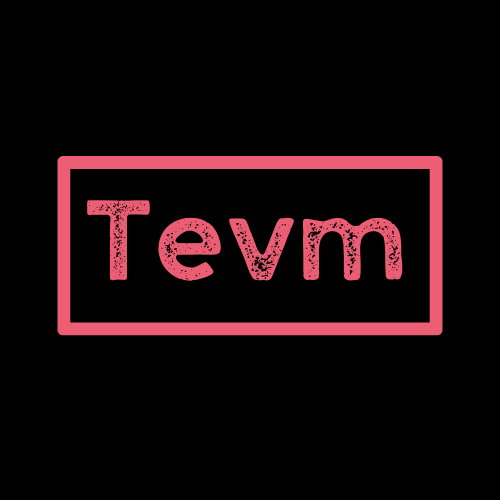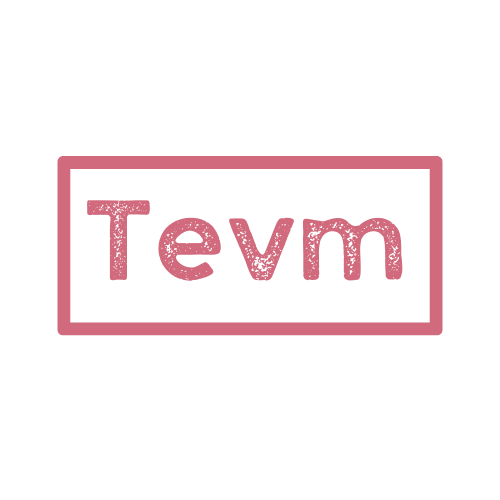Slow waterfall calls
Slow to load UI from waterfall calls
Problem
My UI makes two round trips to an RPC provider before showing user the data.
Solution
Do it in a single request using the Tevm Bundler.
This solution uses:
Viemto execute a JSON-RPC request to an ethereum NodeTevm Bundlertobring your own view function
Example
This use case is first because
- It demonstrates that Tevm brings extra powers to your existing toolchain such as Viem it does not replace it.
- Demonstrates a bad UX problem the blockchain industry takes for granted. We will see many more
A waterfall call is when one eth_call blocks another eth_call from being able to execute causing slow to load UI. Here is a simple example:
// First, we need to get the owner of the tokenconst owner = await client.readContract({ address: '0x123...', // NFT contract address abi: nftABI, functionName: 'ownerOf', args: [tokenId],})// Then, after waiting, we can get the balance of the ownerconst balance = await client.readContract({ address: '0x456...', // ERC20 token contract address abi: erc20ABI, functionName: 'balanceOf', args: [owner],})// now we can finally display the UIIn the above example we need to wait 2 round trips before updating the UI.
The existing solution for this issue is multicall but it does not help us here. The second query depends on the first one. Luckily, with Tevm+Viem we should be able to consistently avoid these issues and even fetch all data our app needs in a single request if we wished to.
To solve this problem Tevm collaborated with Viem to make a very simple solution:
Warning this example is using an unreleased Tevm feature, inline solidity, that will be released soon. See this thread for how to do this today.
import {sol} from 'tevm'
// write solidity toconst {bytecode, abi} = sol`import "@openzeppelin/contracts/token/ERC721/IERC721.sol";
contract GetBalanceOfTokenOwner { function run(IERC721 nft, uint256 tokenId) public view returns (uint256) { address owner = nft.ownerOf(tokenId); return nft.balanceOf(owner); }}`
const balance = client.readContract({ code: bytecode, abi, functionName: 'run', args: [tokenAddress, tokenId]})What the above code allowed us to do is write solidity code inline in our javascript that gets our data in one call. Tevm worked with viem to expose this code property that will encode our contract such that we are executing our deployless contract. Unlike state overrides or other advanced solutions this solution has 100% compatibility for all RPC providers.
In Tevm we call this bring-your-own-view-function and we will see more use cases for BYOVF in the future.
:::tip [Solidity imports] If you prefer you can also write the solidity in a seperate file and import it into js
import {GetBalanceOfTokenOwner} from '../contracts/GetBalanceOfTokenOwner.sol':::
Comparison to alternatives
- State overrides would work but is not as ergonomic to use as this solution and more importantly is not universally supported by all ethereum backends
- Updating our contract would work but is unnecessary and sometimes impossible to do. The frontend code being able to write it’s solidity decoupled from the public contract is a better way to structure the code.

